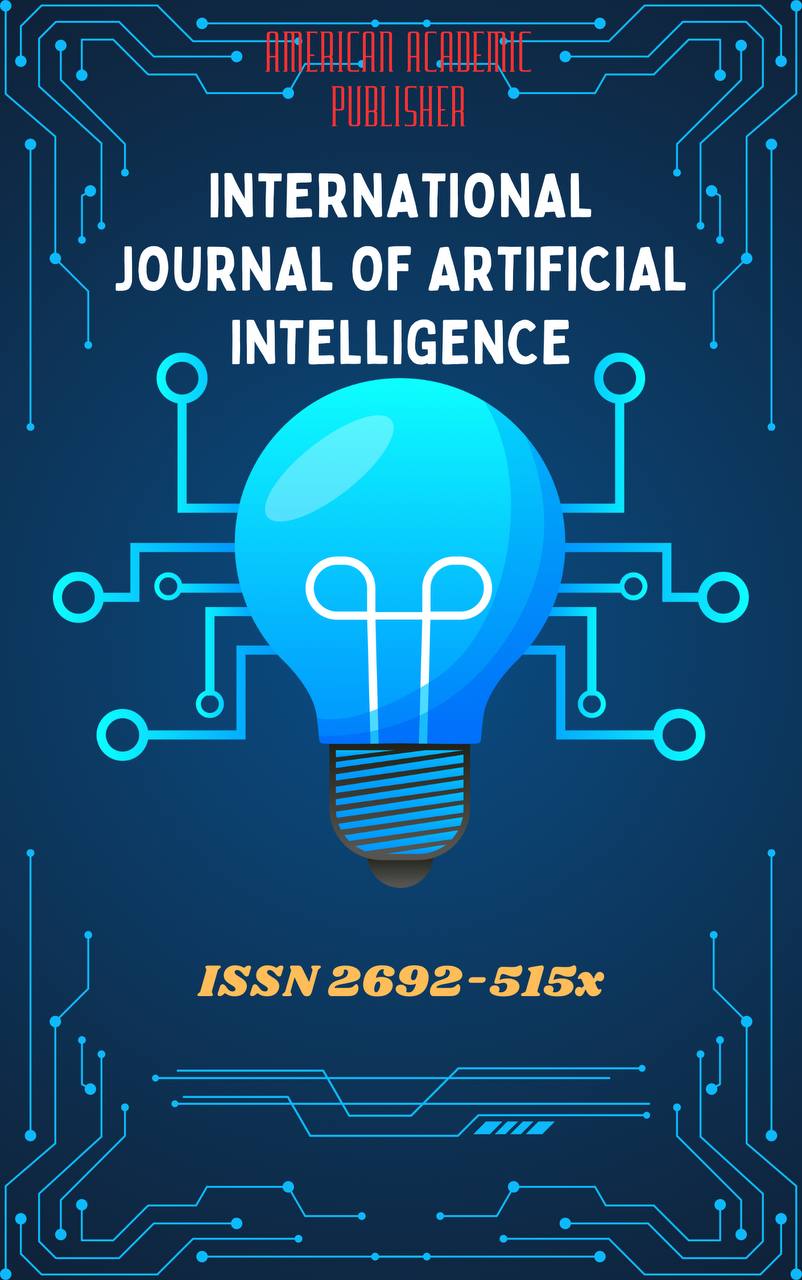 Articles
| Open Access |
Articles
| Open Access | LINGUOCULTURAL FEATURES OF GASTRONOMIC METAPHORS IN THE ENGLISH AND KARAKALPAK LANGUAGES (BASED ON THE ANALYSIS OF ARTISTIC TEXTS OF THE 21ST CENTURY)
Kurbaniyazova Manzura Radjapovna ,Abstract
This article delves into the linguocultural features of gastronomic metaphors in the English and Karakalpak languages, focusing on their usage in artistic texts from the 21st century. Gastronomic metaphors, as expressions of culinary terms that transcend their literal meanings, provide insight into cultural values, worldviews, and societal norms. The study examines how gastronomic metaphors are employed in both languages and explores their linguistic and cultural significance. Through the analysis of various literary texts, the paper highlights the similarities and differences in metaphorical usage and their role in shaping cultural identity. The research contributes to the understanding of the intersection between language, culture, and the world of gastronomy.
Keywords
Gastronomic metaphors, linguocultural features, English language, Karakalpak language, artistic texts, 21st century, cultural values, metaphorical expressions.
References
Kövecses, Z. (2005). Metaphor in Culture: Universality and Variation. Cambridge University Press.
Lakoff, G., & Johnson, M. (1980). Metaphors We Live By. University of Chicago Press.
Eilberg-Schwartz, H. (1990). God's Phallus and Other Problems for Men and Monotheism. Beacon Press.
Liddicoat, A. J. (2007). Language Policy and Linguistic Minorities. Cambridge University Press.
Article Statistics
Downloads
Copyright License

This work is licensed under a Creative Commons Attribution 4.0 International License.

